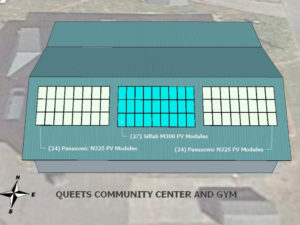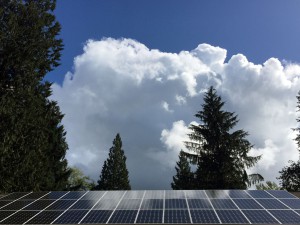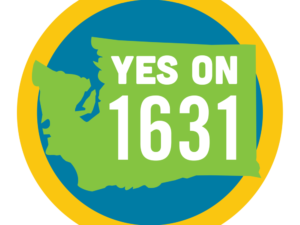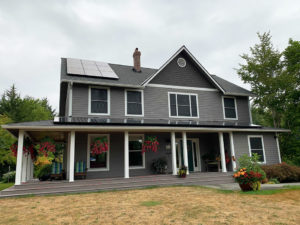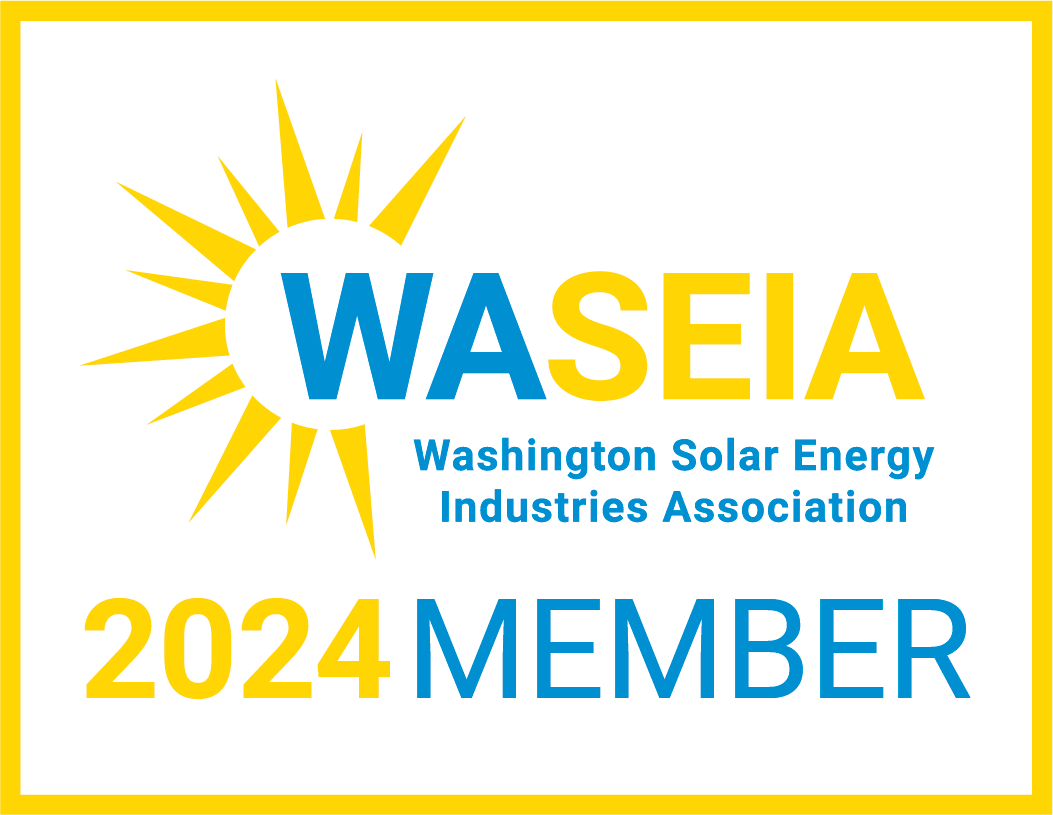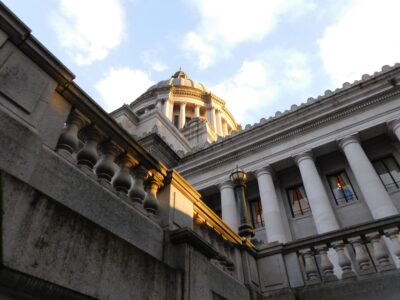 Net metering update provided by the Washington Solar Energy Industries Association (WASEIA) and posted with permission.
Net metering update provided by the Washington Solar Energy Industries Association (WASEIA) and posted with permission.
Technically, the 2023 session of the Washington Legislature ended on Sunday, April 23.
In a practical sense, it ended for WASEIA on May 16 when Gov. Inslee took final action on the biennial operating budget. Part of that action was line item vetoes by the governor of specific spending items, including one provision WASEIA fought to kill for nearly two months.
Here’s the back story. HB 1427, the WASEIA-backed bill to provide a temporary expansion of the net metering threshold and establish a broadly based workgroup to create a successor rate, died in March. Utility lobbyists successfully spooked less-informed members of the D caucus with the old and inaccurate talking point that net metering raises electricity rates for low income customers. It never got a floor vote In House and never moved on to the Senate.
The utilities, both investor- and consumer-owned, opposed any bump in the net metering threshold from the current 4 percent figure and thought a 4-5 year process to determine a successor rate to retail net metering was too long.
The only provisions of HB 1427 that everyone at the negotiating table liked were the bill’s consumer protection language and the concept, if not the timeline, of a working group to determine a future reimbursement rate for customer generated solar.
Hoping to salvage a work group (and tailoring it to meet their needs), the utility lobbyists approached the Senate’s chief budget writer, Sen. Christine Rolfes, and asked that a specific spending request (called a proviso) be added to the budget bill. (WASEIA, it’s important to note, was not consulted).
Sen. Rolfes agreed to include the proviso in the Senate version of the budget. It called for a short, two year time frame to research and recommend a replacement rate, and it gave the Department of Commerce the sole authority to determine the makeup of the work group and the scope of any studies used to determine the new rate. It was included in the Senate budget.
WASEIA’s lobbyist, James Paribello, successfully prevented the language from being included in the House version of the budget, so it was up to a conference committee to harmonize the two budgets, including the proviso.
During the lengthy conference committee negotiations, WASEIA’s priority was no. 1, kill the proviso, or no. 2, amend it to clarify the membership of the work group, specify the scope of the study that would inform creation of the successor rate, and give the work group sufficient time to do its job.
What emerged from the conference committee was an unworkable compromise. The proviso was retained, and while it included WASEIA’s preferred language on the composition of the work group and the scope of the study, it preserved the too short two year timeline to complete work. It also neglected to provide funding for either a study or the work group.
WASEIA and friendly legislators didn’t like the short timeline, and both Commerce and the Utilities and Transportation Commission were unhappy with the lack of funding. As a result, there was considerable pressure on Gov. Inslee to strike out the proviso when he signed the operating budget bill on May 16. And that’s exactly what the governor did with his line item veto..
So, what happens next?
The veto essentially resets the clock. An improved version of HB 1427 will be back in January 2024. The prime sponsor, Rep. Sharlett Mena, is already committed to reintroducing the bill.
There will also be great urgency to act in early 2024.
PSE will be at or near the existing net metering threshold at the start of the new year. Pacificorp, which has just filed a two-year electric rate case with WUTC, revealed it expects to hit the threshold by the end of 2025. The rate case asks for a two-year extension of net metering but also anticipates that WUTC begins planning for what comes next.
Between now and next January, WASEIA will be working on parallel tracks. We’ll be engaging with our clean energy allies to produce an improved version of HB 1427. We will be talking with the utilities and work to discover some common ground where our interests align.
And we’ll also be cultivating a grassroots effort statewide. Come crunchtime during the 2024 session, we want legislators hearing from enthusiastic supporters of solar in their districts instead of disinformation from utility lobbyists.

